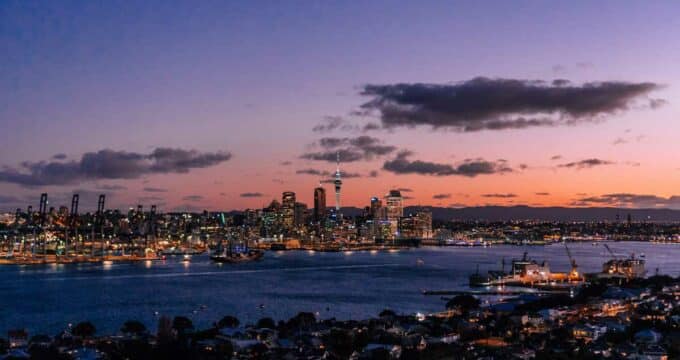Australia reduces planned tax increase for working holiday makers
The Australian government has walked back from planned tax increases for working holiday makers. Australia's 2015/16 budget introduced new tax provisions for working holiday travellers in the country, most notably:
- the removal of a tax-free threshold of AUS$18,200; and
- the establishment of a new marginal tax rate of 32.5% on all income earned in Australia.
The new policy was widely criticised within the working travel sector in Australia, and has been seen as a contributor to a study decline in working travel numbers. Indeed, Australian working holiday visa applications fell to 214,583 in 2015/16 from a recent-year high of 258,248 in 2012/13 (a drop of nearly 17% over three years). In response, the government postponed the implementation of the tax, originally set for 1 July this year. And now this latest announcement, made by Treasurer Scott Morrison on 27 September 2016, effectively curbs the planned increases, resulting in a significant reduction in the projected tax burden. Mr Morrison has confirmed that, effective 1 January 2017, the following policies will apply:
- working holiday makers will pay a 19% tax on all income earned up to AUS$37,000
- normal marginal tax rates will apply after that point
This revised policy still increases the tax burden on working holiday travellers, in particular in its elimination of the previous tax-free limit on the first AUS$18,000 in earnings. But the move is nevertheless seen as a compromise position that will allow Australia to remain on a more level footing with competing destinations, including New Zealand, Canada, and the UK. The Treasury has also moved to address another notable irritant for working holiday makers by reducing the visa application cost from AUS$440 to AUS$390. This reverses, at least partially, some of the heavy increases in application fees that have been introduced in the last three years. As we noted earlier this year, Australian working holiday visas cost roughly twice as much as comparable visas for Canada or New Zealand. An earlier report from industry consultant Gary O’Riordan made a very clear connection between rising visa fees and declining numbers of working holiday travellers: “There is continuous feedback from in-market regarding what is perceived to be the inflated price of the Australian working holiday visa. The visa fee increased twice in 2013 and at a time when the Australian dollar was trading high making Australia less attractive to potential [working holiday makers, or WHMs].” Aside from moving to close this competitiveness gap somewhat, Mr Morrison has indicated that the government is prepared to take additional steps in support of the sector. “We will also seek to boost the arrivals of working holiday makers,” he added. “We will introduce more flexible arrangements to benefit working holiday makers and industry, allowing an employer with premises in different regions to employ a WHM for 12 months, with the WHM working up to six months in each region. In addition, we will task Tourism Australia to promote Australia to potential working holiday makers through [an AUS$10 million] global youth targeted advertising campaign.”
The link to language studies
The government’s compromise on working holiday taxation was welcomed by English Australia, which has argued against the planned tax increases and highlighted a strong linkage between the numbers of working holiday makers in Australia, and enrolment in English Language Training (ELT) programmes. In its formal submission to the policy review process, English Australia noted that there were 22,000 working visa holders enrolled in ELT programmes in 2013. At the time, those students accounted for 15% of all ELICOS enrolment in Australia (English Language Intensive Courses for Overseas Students). By 2015, however, and as overall working holiday numbers continued to decline from 2013 levels, only 17,000 working holiday makers were enrolled in ELICOS studies. English Australia also notes that the majority of those 2015 students, about 14,000 in all, came from only three Asian markets:
- South Korea, with 6,787 students enrolled in ELICOS in 2015
- Japan, with 4,361 students
- Taiwan, with 2,421 students
“In the last two calendar years since visa fees and other charges applying to working holiday maker visa holders were increased/imposed in the 2013 Budget, working holiday maker enrolments declined from 15% to 10% of total ELICOS enrolments,” says the English Australia submission. “During the same period less price-sensitive student visa enrolments have continued to grow.” A further statement from English Australia in the wake of the Treasury’s decision to roll back the planned tax hike and reduce the visa application fee adds: “Our submission made the credible prediction that the tax hike would cause enrolments to decline further based on a clear connection between an increase in WHM visa fees in 2013 and a drop in WHM enrolments in 2014…We [welcome] these measures which will hopefully arrest the declines in WHM enrolments at English language colleges since 2013.” For additional background on Australia’s competitiveness in the working holiday sector, and on recent-year trends, please see “Australia postpones new “backpacker tax” for working holiday makers”.
















